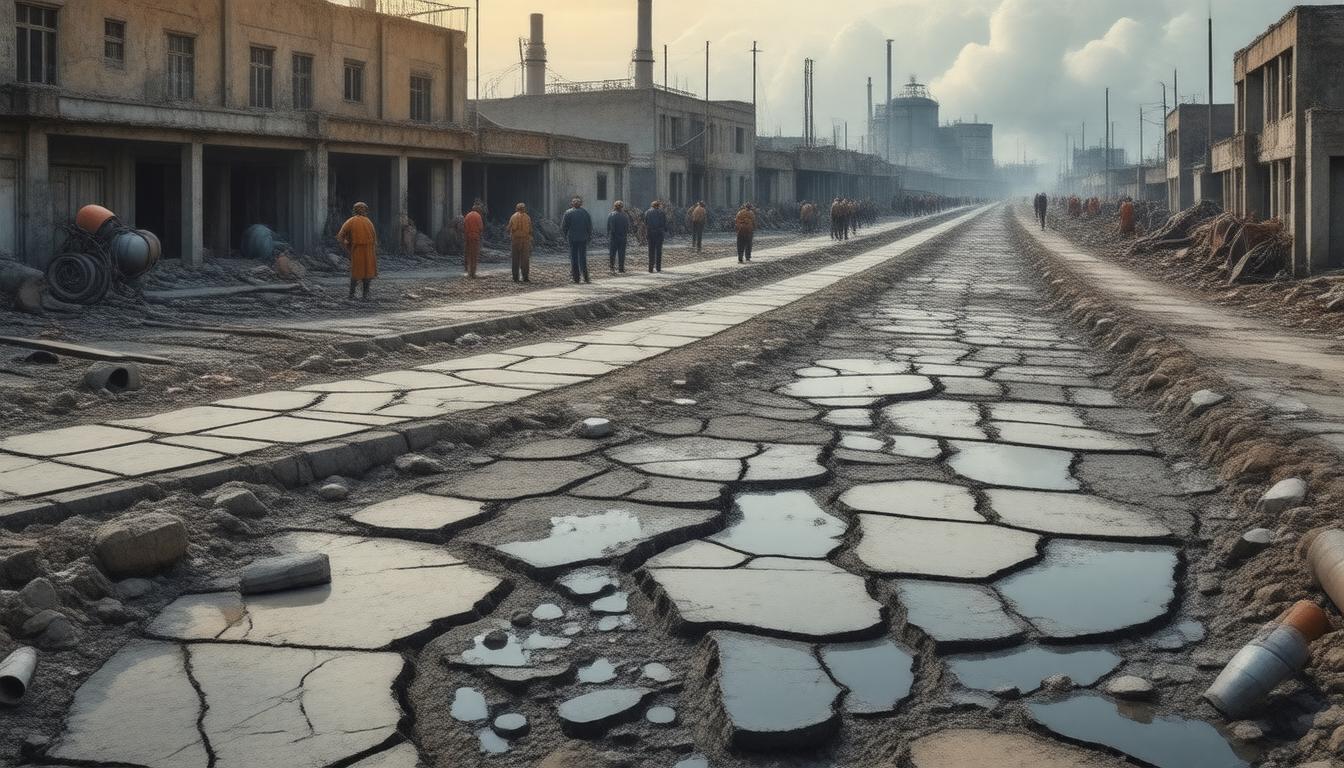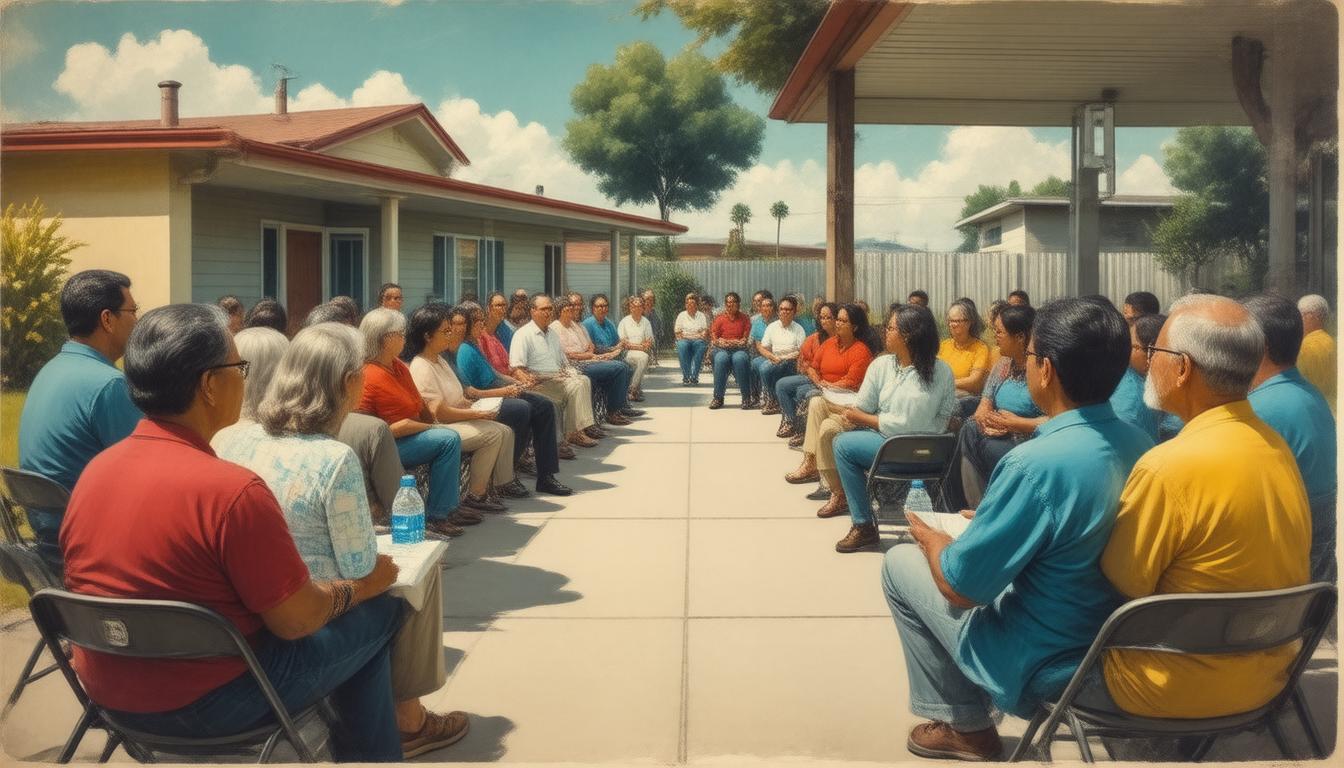

How to Quickly Unclog a Drain Near Me: A Step-by-Step Guide
Are you experiencing the frustration of a clogged drain and searching for effective solutions to quickly resolve the issue? You’re not alone. Clogged drains are a common household challenge that can disrupt daily routines and cause frustration. This step-by-step guide is designed to help you unclog drains efficiently, using tools and methods that are readily accessible in your area. Whether it’s a minor blockage or a stubborn clog that requires professional intervention, our comprehensive guide covers everything you need to know to tackle the problem head-on.
In this article, we’ll delve into the common causes of clogged drains, provide a practical step-by-step guide to unclogging them efficiently, and offer expert tips on maintaining drain health to prevent future issues. We also focus on local factors that might influence drain problems, ensuring you have targeted solutions for your specific needs. Let’s get started on your journey to a smoothly flowing drain!
Understanding Common Causes of Clogged Drains
Identifying the Root Cause of Drain Blockages
Understanding the common causes of clogged drains is the first step in effectively addressing the issue. Drains can become clogged for several reasons, often varying based on the location and use of the drain. Here are some typical culprits:
Hair: In bathroom sinks and shower drains, hair is a frequent offender. Stray hairs from shaving, washing, and grooming can accumulate and form stubborn blockages over time.
Grease and Fat: In kitchen sinks, grease, oil, and fat from cooking can solidify in the pipes. Even small amounts of grease can gather and build up, eventually creating a complete blockage.
Food Particles: Small pieces of food waste can also contribute to kitchen sink blockages. Items like coffee grounds, eggshells, and peels are common culprits that do not break down easily.
Soap Scum: Soap residue combined with minerals in water can create a hard buildup known as soap scum. This can gradually narrow pipes and obstruct water flow, particularly in bathroom drains.
Foreign Objects: Accidentally dropped objects, such as jewelry, toys, or small personal items, can become lodged in the drain and create significant blockages.
Mineral Buildup: Hard water contains minerals like calcium and magnesium, which can accumulate inside pipes and diminish water flow over time.
Local Factors That May Influence Drain Issues
Drain problems can sometimes be influenced by regional characteristics. Understanding these local factors can help you better address and prevent drain issues specific to your area.
Soil Composition: In some areas, the natural composition of the soil can affect drainage systems. For instance, regions with high clay content may experience more frequent issues with buried pipes and outdoor drainage systems.
Weather Conditions: Local weather patterns can also impact your drains. Regions with heavy rainfall or frequent storms may see more debris washing into outdoor drains, leading to blockages.
Local Wildlife: Areas with abundant wildlife, such as rodents or tree roots that grow aggressively, can cause physical damage to pipes or create obstructions.
Age of Infrastructure: Older homes or neighborhoods with aging plumbing infrastructure are more susceptible to corrosion, tree root intrusion, and general wear and tear, which can lead to frequent clogs.
By identifying these common causes and considering local factors, homeowners can take proactive steps to maintain clear drains and address issues promptly when they arise. If clogs persist despite your efforts, it may be time to seek professional assistance. Always remember, knowing the unique characteristics of your area can provide valuable clues in preventing and resolving drain blockages effectively.
Step-by-Step Guide to Unclog a Drain Efficiently
Essential Tools and Materials You’ll Need
Before diving into the actual process of unclogging a drain, it’s crucial to gather the essential tools and materials. This ensures that the task is not only completed efficiently but also safely. Here are some key items you may need:
- Plunger: A classic tool for dislodging clogs, especially effective in sinks and toilets.
- Plumber’s Snake: Also known as a drain snake, this tool is particularly useful for breaking up and retrieving deeper blockages.
- Baking Soda and Vinegar: Common household items used in combination for a natural, chemical-free unclogging solution.
- Wrench: Handy for loosening pipes if manual intervention is necessary.
- Bucket: Useful for catching water that might spill during the unclogging process.
- Rubber Gloves: To keep your hands clean and protected during the task.
These tools are generally available at local hardware stores, ensuring that you can quickly access them in your “unclog drain near me” quest.
DIY Methods for Quick Drain Unclogging
Once you have the necessary tools, you can proceed with one of the following DIY methods to unclog your drain. These approaches are easy to follow and can be done with minimal professional assistance:
1. Using a Plunger
The plunger is a go-to tool for initial attempts to unclog a drain. Here’s how to use it effectively:
- Ensure there is some water in the sink or tub to help create a good seal.
- Place the plunger over the drain opening and press down firmly to create a seal.
- Push and pull the plunger up and down vigorously without breaking the seal.
- After several plunges, lift the plunger to see if the water drains away. If not, repeat the process a few more times.
2. Baking Soda and Vinegar Method
This method is excellent for minor clogs and is environmentally friendly:
- Pour a pot of boiling water down the drain to help loosen up any grease or soap scum.
- Follow this by pouring 1/2 cup of baking soda into the drain.
- Next, pour 1 cup of vinegar mixed with 1 cup of hot water into the drain. Cover the drain with a plug or cloth to keep the reaction below the drain surface.
- Wait 5-10 minutes for the bubbling reaction to work on the clog.
- Flush the drain with another pot of boiling water to clear the loosened debris.
This method is both effective and safe for your pipes, making it a great first step in your “unclog drain near me” operation.
3. Using a Plumber’s Snake
For more stubborn clogs, a plumber’s snake might be necessary:
- Insert the end of the snake into the drain and begin turning the handle to feed it into the pipe.
- Continue pushing the snake deeper until you feel resistance, indicating that you’ve reached the clog.
- Turn the handle to break up the clog and then retract the snake, bringing out any debris with it.
- Run water to see if the drain is clear. If not, repeat the process until the clog is removed.
When to Call a Professional Plumber Near Me
While DIY methods can be highly effective, there are scenarios where you might need to bring in a professional. This might be the case when:
- Repeated Clogs: If your drain clogs frequently, there could be a deeper issue that requires professional assessment.
- Major Blockages: Severe clogs that resist all DIY efforts should be handled by a trained plumber.
- Sewage Backup: Any sign of sewage backup needs immediate professional attention to prevent health hazards and extensive damage.
- Unidentified Smell: Persistent foul smells from drains can indicate more complex plumbing issues.
When looking for a reliable professional, a quick search for a “plumber near me” can help you locate local services. Be sure to check reviews and get estimates to ensure you’re hiring a reputable plumber.
Taking these steps not only addresses the immediate problem but also helps maintain the health and functionality of your home’s plumbing system. Whether you’re dealing with a simple clog or a more complex issue, knowing how to efficiently “unclog a drain near me” is an invaluable skill.
Maintenance Tips to Prevent Future Clogs
Regular Maintenance Routines
One of the best ways to ensure that your drains remain free from clogs is through regular maintenance. Implementing a consistent routine is key to avoiding the buildup of materials that can cause blockages. Here are some essential tips to help you maintain clear drains year-round:
- Flush with Hot Water: At least once a week, flush your drains with a pot of boiling water. This helps to melt away any grease or soap scum that might be clinging to the pipes.
- Use a Drain Screen: Installing a drain screen or strainer can catch hair, food particles, and other debris, preventing them from going down the drain and causing blockages.
- Monthly Baking Soda and Vinegar Treatment: Pour a cup of baking soda followed by a cup of vinegar down your drain. Let it sit for about 15-20 minutes before flushing with hot water. This natural cleaning method can help dissolve minor clogs and keep your drain flowing smoothly.
- Clean Your Drains: Regularly clean your sink stoppers and other removable parts, such as the drain stopper in your bathtub, to remove any trapped debris.
Environmentally Friendly Practices for Drain Health
Maintaining your drains doesn’t have to be harmful to the environment. By adopting eco-friendly practices, you can keep your drains clean while also being kind to the planet. Here are some environmentally friendly tips:
- Avoid Chemical Drain Cleaners: Many store-bought drain cleaners contain harsh chemicals that can damage your pipes and harm the environment. Instead, opt for natural remedies like the baking soda and vinegar method mentioned above.
- Compost Food Waste: Instead of rinsing food scraps down the drain, consider composting them. This not only helps to prevent clogs but also benefits your garden.
- Mindful Disposal of Grease: Pour grease and cooking oils into a separate container and dispose of them in the trash once they’ve solidified, rather than pouring them down the sink.
- Use Eco-Friendly Soaps: Choose biodegradable soaps and detergents that are less likely to leave residue in your pipes.
Local Resources and Products for Drain Maintenance
Depending on where you live, there could be several local resources and products available that can assist with drain maintenance. These products can often be found at local hardware stores, supermarkets, or even specialized plumbing shops. Here are a few suggestions:
- Biodegradable Enzyme Cleaners: These organic products use natural enzymes to break down waste and keep your drains clear. Check your local stores for products like Bio-Clean or Earth Enzymes.
- Citrus-Based Cleaners: Citrus-based cleaners are also effective and environmentally friendly. They use natural citrus oils to break down grease and grime.
- DIY Kits: Some local hardware stores may offer DIY drain maintenance kits that include items like a small plunger, a plumber’s snake, and natural cleaning solutions.
- Community Workshops: Check if there are any workshops or community events focused on home maintenance and plumbing. These can be valuable resources for learning more about drain maintenance and other home care topics.
By following these maintenance tips and using locally available resources, you can significantly reduce the risk of clogs and maintain the health of your drainage system. Remember, a little effort goes a long way in preventing the inconvenience and expense of dealing with a clogged drain.
Conclusion: Ensuring Clear Drains Year-Round
Maintaining a clog-free drain doesn’t have to be a daunting task. By understanding common causes and addressing them with the appropriate methods, you can efficiently manage and prevent drain blockages. Whether you’re dealing with hair, grease, or other obstructions, having the right tools and knowledge can make all the difference.
Remember, while DIY methods can resolve many blockages, there’s value in knowing when to enlist the help of a professional plumber near you. Professional services can tackle more severe issues, ensuring that your plumbing system remains in optimal condition.
Consistent maintenance and adopting eco-friendly practices will help safeguard your drains against recurring issues. By utilizing locally available resources and products, you can maintain the health of your drainage system while supporting local businesses.
Keep this guide handy for quick reference, and you’ll be well-equipped to handle any drain clogs efficiently and effectively. Clear drains contribute to a smooth-running household, making life just that little bit easier.









